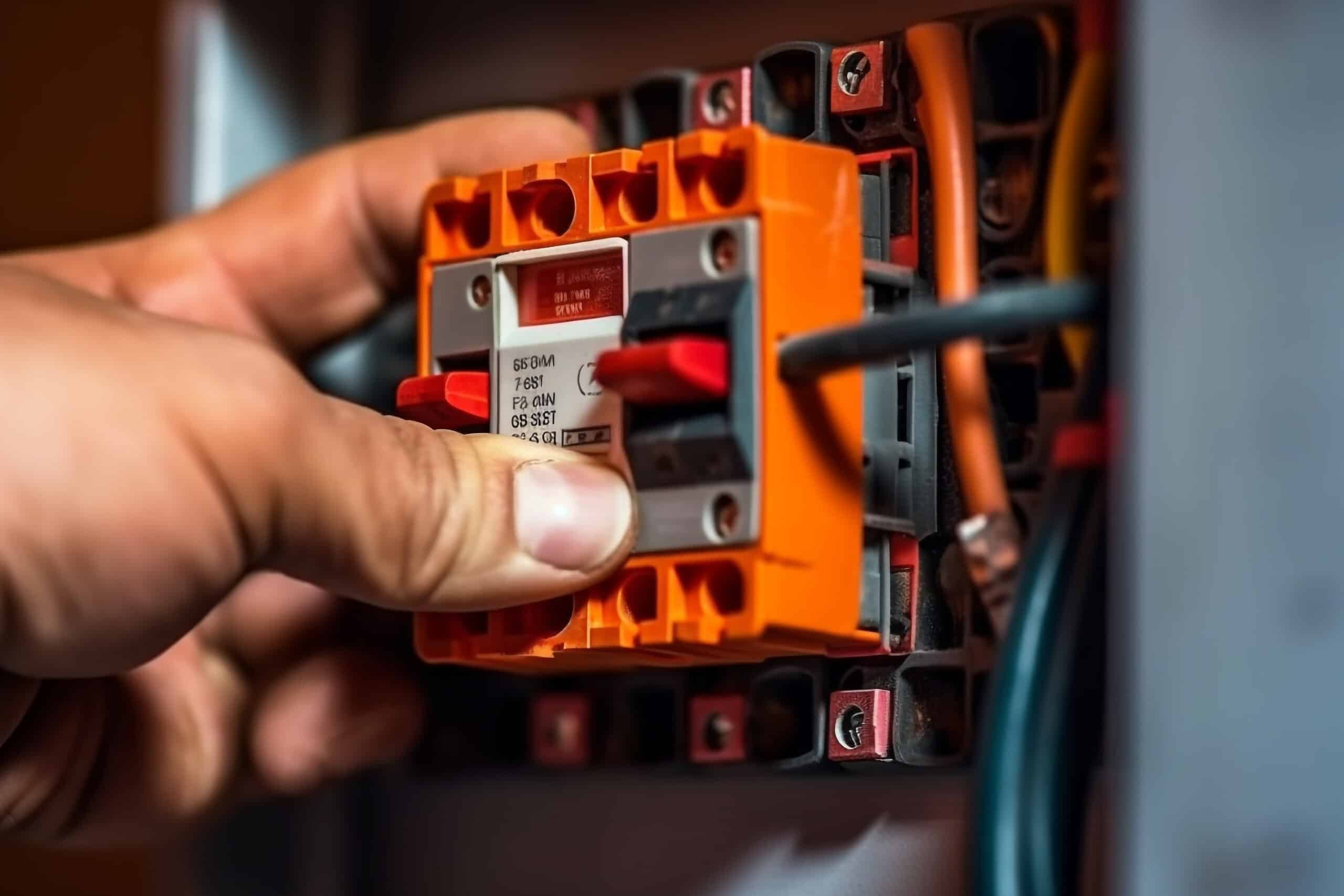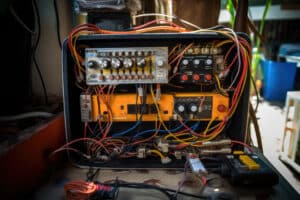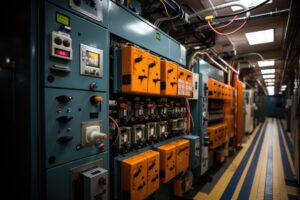How to Choose the Right Transfer Switch for Your Generator
Key Takeaways
- The type of load that the transfer switch should be capable of handling is an important consideration.
- The voltage rating of the transfer switch should match the voltage of your electrical distribution system for proper and safe operation.
- The continuous current rating of the transfer switch is crucial and should be accurately calculated to ensure it can handle the electrical demand of your home during a power outage.
When it comes to choosing the right transfer switch for your generator, there are several factors to consider. The transfer switch acts as a connection between your generator and your home’s electrical system, allowing you to safely and efficiently power your essential circuits during a power outage. In this article, we will explore the key considerations and provide you with the information you need to make an informed decision.
Type of Load
The first factor to consider is the type of load that the transfer switch should be capable of handling. Different types of loads have different electrical requirements, and it is important to ensure that the transfer switch can handle the specific types of loads you have in your home. These loads can include total system loads, motor loads, electric discharge lamp loads, restrictive loads, and incandescent lamp loads.
Voltage Rating
Another important consideration is the voltage rating of the transfer switch. The transfer switch should be compatible with the voltage of your electrical distribution system. This can be 120, 208, 240, 480, or 600 volts, and it can be single or polyphase. It is essential to select a transfer switch that matches the voltage of your system to ensure proper and safe operation.
Continuous Current Rating
The continuous current rating of the transfer switch is also crucial. This rating indicates the maximum amount of current that the transfer switch can handle continuously. It is determined by adding up the amperes required for each load in your home. It is important to calculate the total amperes accurately to ensure that the transfer switch can handle the electrical demand of your home during a power outage.
Future Load Requirements
Anticipating future load requirements is a wise decision when selecting a transfer switch. It is advisable to choose a transfer switch with a continuous current rating equal to the total anticipated load. By selecting a transfer switch with a higher rating, you can accommodate any potential increase in electrical demand in the future. This will save you from having to upgrade the transfer switch later on.
While these considerations provide a general guide, it is important to consult with a professional electrical engineer for accurate sizing and selection of the transfer switch for your generator. They can assess your specific needs and provide expert advice based on your unique circumstances.
Transfer Switch vs. Interlock Kit
When it comes to connecting a generator to your home’s electrical system, you have two options: a transfer switch or an interlock kit. Both options serve the purpose of safely managing the power supply during a power outage, but they differ in their functionality and features.
Interlock Kit
An interlock kit is a simple mechanical device that ensures only one power source can be active at a time. It prevents the dangerous backfeed of electricity from the generator into the main power lines. Interlock kits are cost-effective, easy to install, and ideal for occasional use. They are suitable for situations where you have limited essential circuits that need to be powered during an outage.
Transfer Switch
A transfer switch, on the other hand, is a more sophisticated device that automatically or manually switches between the utility power and the generator power. It manages power distribution efficiently and directs energy only to essential circuits, reducing the load on the generator. Transfer switches can be more complex to install, especially the automatic variants, but they offer additional safety features and are often used in environments like hospitals and data centers.
The choice between a transfer switch and an interlock kit depends on individual needs and circumstances, including usage frequency, budget, and desired level of convenience. If you require a more comprehensive and automated solution, a transfer switch may be the better choice. However, if you have limited essential circuits and prefer a cost-effective and easy-to-install option, an interlock kit can be a suitable alternative.
Conclusion
Choosing the right transfer switch for your generator is crucial to ensure the safe and efficient operation of your backup power system. Considerations such as the type of load, voltage rating, continuous current rating, and future load requirements should guide your decision-making process. Consulting with a professional electrical engineer is highly recommended to ensure accurate sizing and selection.
Additionally, if you are deciding between a transfer switch and an interlock kit, evaluate your specific needs, budget, and desired level of convenience. Both options have their advantages and can effectively connect your generator to your home’s electrical system during a power outage.
Remember, it is important to have a licensed electrician install both transfer switches and interlock kits to ensure safety and compliance with electrical codes. They have the expertise and knowledge to properly install and configure the equipment for your specific requirements.
Related Websites:
FAQs:
Q: What is a generator transfer switch?
A generator transfer switch is a device that allows you to safely switch your power source between the utility grid and your generator during power outages. It ensures a seamless transition and prevents backfeeding, protecting your appliances and the electrical grid.
Q: How do transfer switches work?
Transfer switches work by connecting your generator to your electrical panel. When the power goes out, the transfer switch automatically detects the outage and disconnects your home from the utility grid. It then transfers the power source to your generator, enabling it to power your essential appliances and devices.
Q: What are the essential features to consider when choosing a transfer switch?
When choosing a transfer switch, consider whether you need an automatic or manual switch, the number of circuits needed for your electrical panel, the voltage compatibility with your generator, and the safety features and certifications offered by the switch.
Q: Should I hire a professional for transfer switch installation?
While DIY installation is possible for those with electrical experience, it is recommended to hire a professional for transfer switch installation. Professionals ensure proper wiring, compliance with codes, and overall safety. It is important to prioritize safety when dealing with electrical systems.
Q: How do I evaluate the cost-effectiveness of a transfer switch?
To evaluate the cost-effectiveness of a transfer switch, research average prices and compare features and quality. Consider the long-term savings and reliability the switch offers. It is important to invest in a high-quality transfer switch that will last and provide seamless power during outages.






